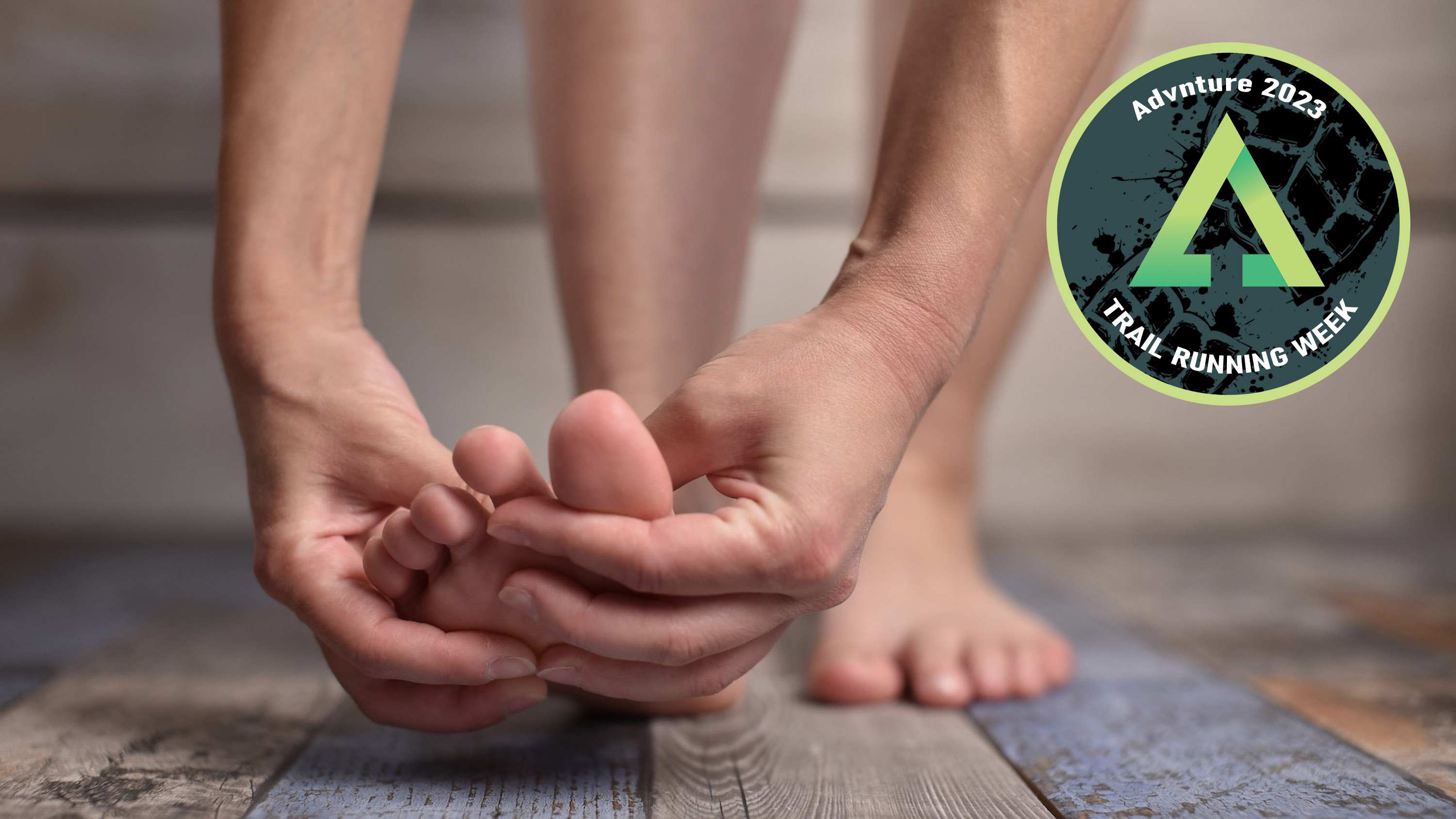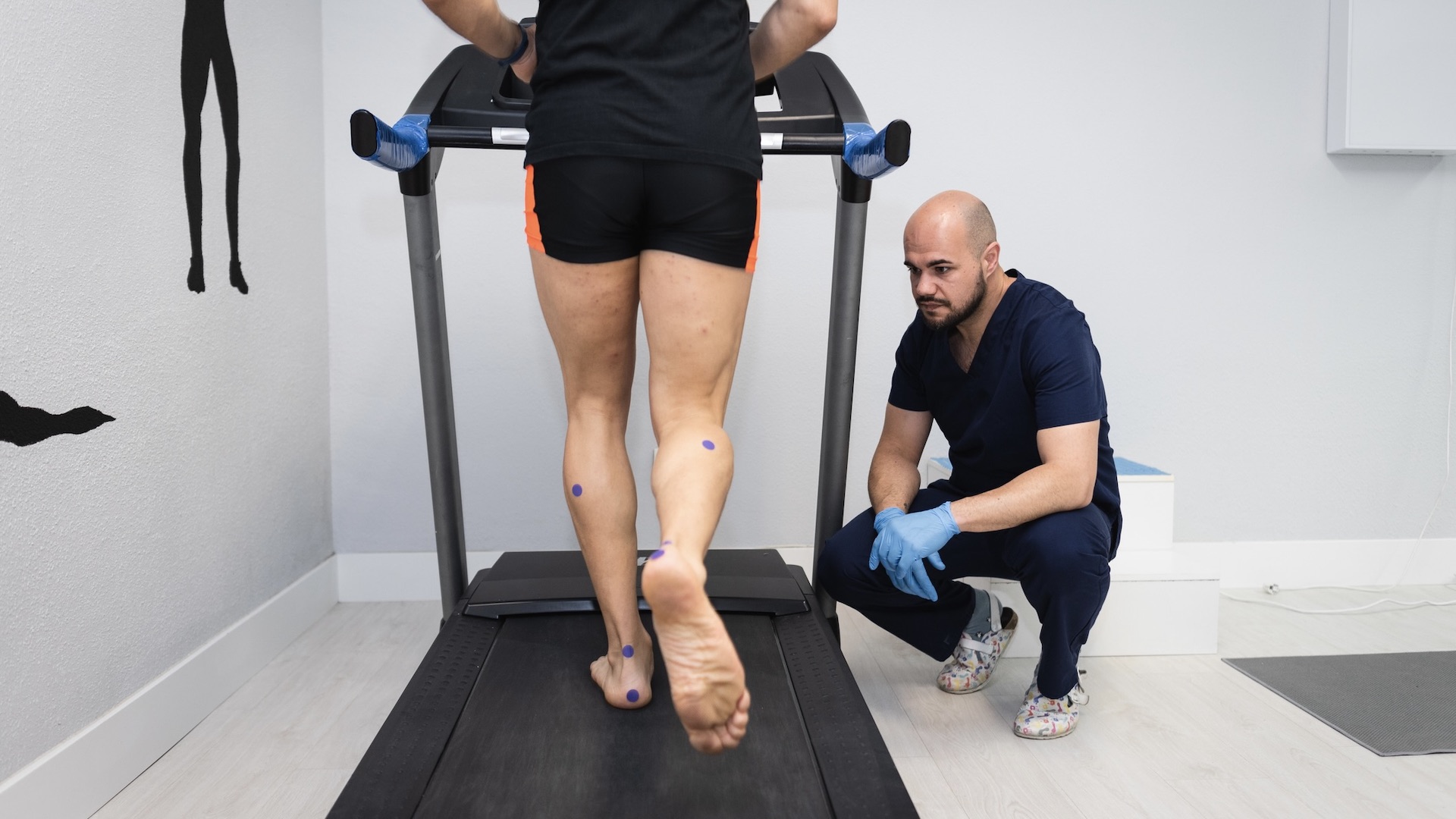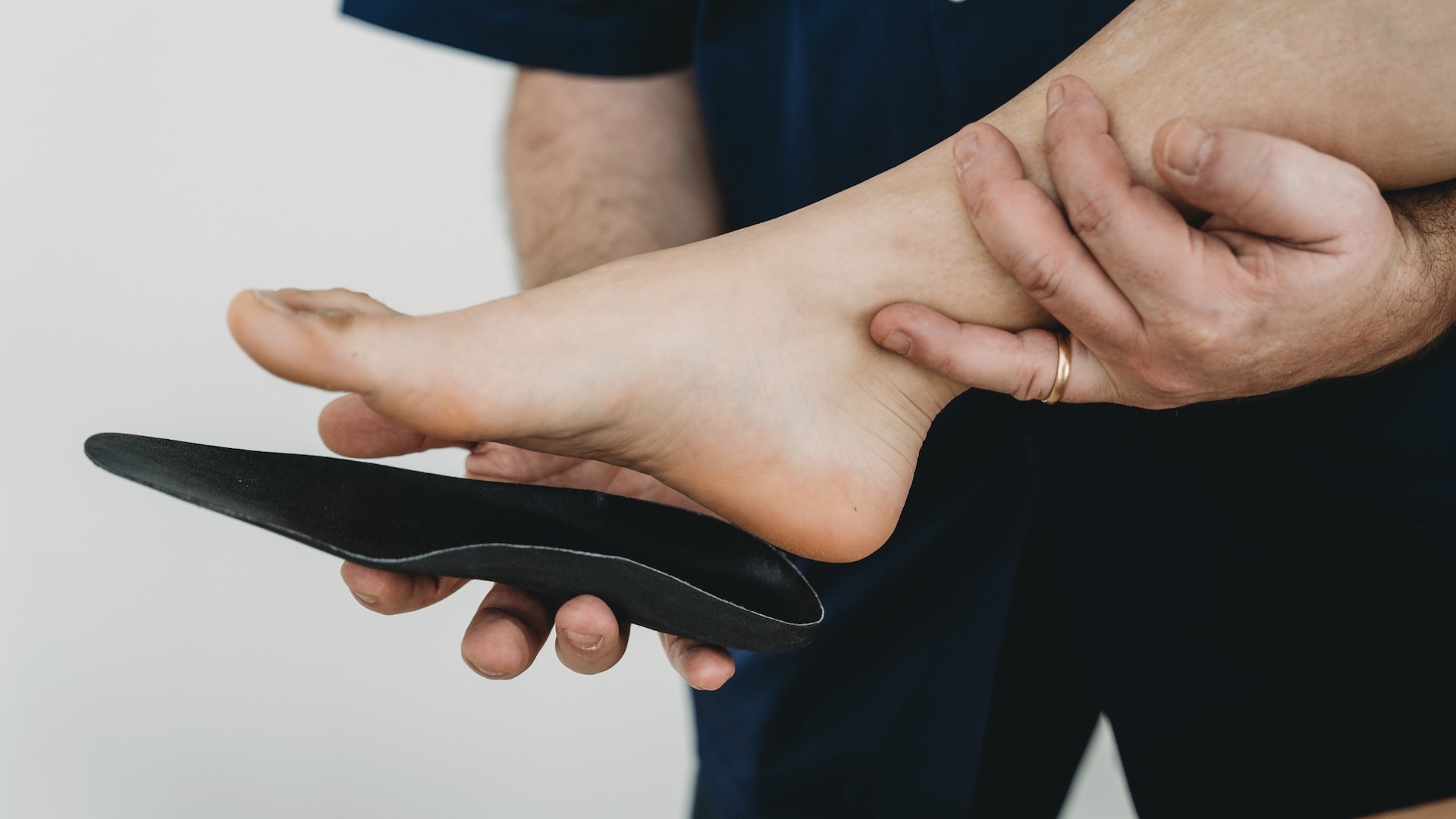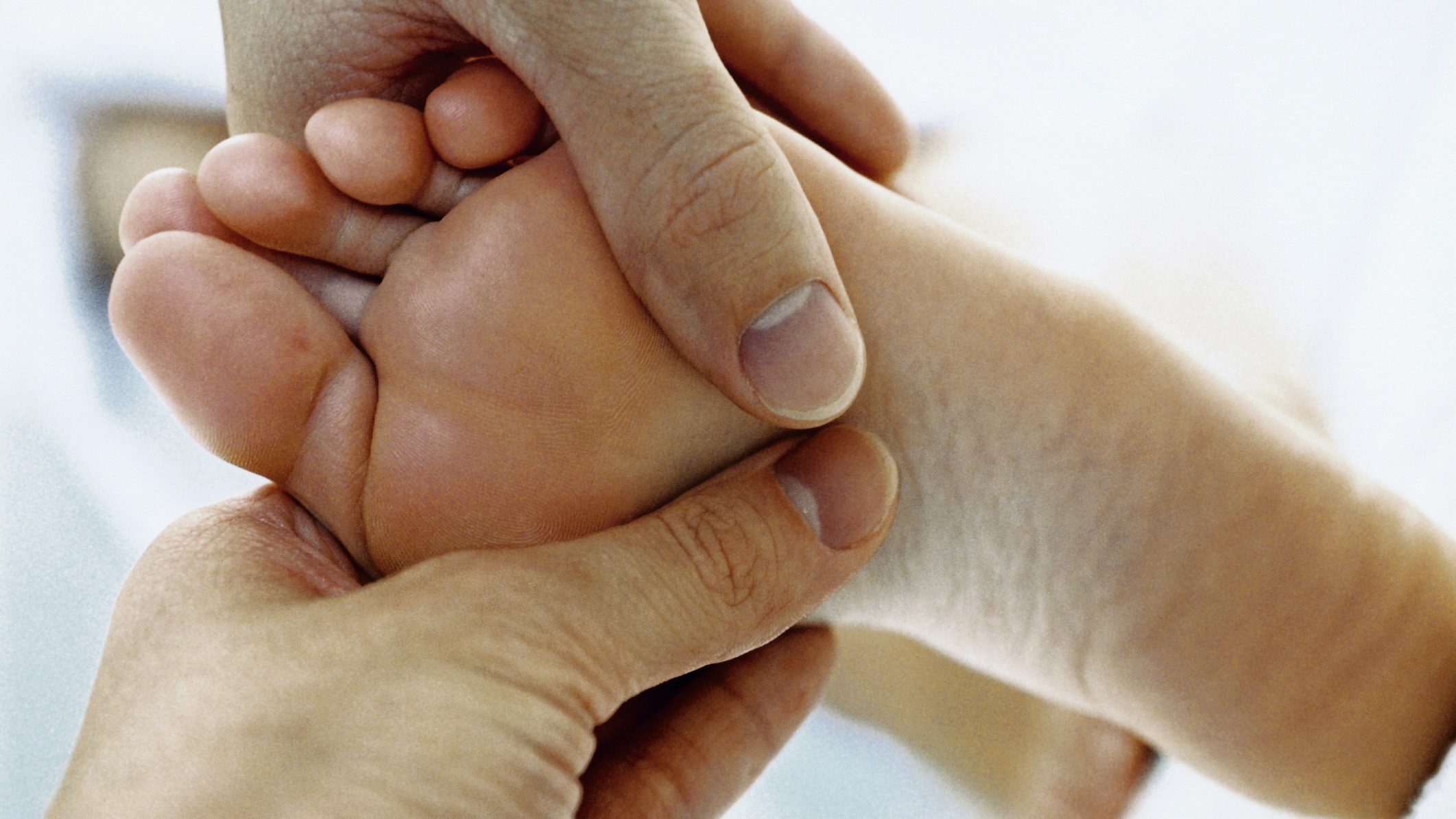Why – and when – runners should see a podiatrist
We speak to the experts to discover the benefits of seeking podiatry help and treatment

If you are a runner, the chances are you have heard of podiatry, but do you know exactly what this branch of medicine offers and are you aware of the benefits? We ask the experts to explain why there may be advantages for runners to see a podiatrist.
What is podiatry?
Podiatrist Dina Gohil of DG Podiatrist describes podiatry as the study of the lower limb, in particular the foot and ankle.
She adds: “This branch of medicine specialises in the anatomy of the foot and ankle and its mobility and, for some, the maintenance or treatment of skin and nails.”
Dr Amanda Lau, a specialist musculoskeletal and sports podiatrist at the Institute of Sport Exercise and Health (ISEH), reveals her view of podiatry.
She says: “Podiatry covers diagnosis, medical treatments and surgery across all conditions, which may affect the anatomical structures and biomechanics of the foot and lower leg.”

When might runners need to see a podiatrist?
Dr Lau, who is also part of HCA Healthcare UK, suggests that a podiatrist can be an important part of a runner’s road to performance success, as well as being critical to injury avoidance.
She says: “With the impact that running creates, there are constant forces going through the foot, so it’s quite common to see lower limb pathology, particularly if the biomechanics of the foot are perhaps not aligning correctly.
Advnture Newsletter
All the latest inspiration, tips and guides to help you plan your next Advnture!
“Injuries, such as acute stress fractures, Achilles and Peroneal tendon problems, plantar fasciitis and even just a painful toe joint, can all be associated with running and inefficient mechanics.
“Moreover, podiatrists should also have the skillset to identify problems further up the body's kinetic chain, because frequently there is a connection between the foot, knee and hip biomechanics.”
Poor footwear, or ill-fitting running footwear, may also be at the root of foot issues or other biomechanics problems and podiatrists have the skills to assess this area, too.
Gohil, who is also a brand ambassador for CCS Foot Care, says: “Wearing shoes that are too big or too small can cause damage to your feet and put more strain on your soft tissue, tendons, ligaments and other structures that can then result in other issues in the body, such as back pain and bad posture.
“Furthermore, poorly fitting shoes can cause foot pathologies such as blisters, callus, corns and contribute to ingrown nails and bunions.”
Because everyone’s feet, gait and biomechanics are different there is no one set fix for all.
Gohil says: “We are all individual and this is also true of our feet and gait. There will be variances for each runner, including movement, heel strike and flexibility.
“A podiatrist can advise on how to keep your feet fit, healthy and correctly supported. For example, some people may have higher or lower arches, while others pronate or supinate more.
“So, when it comes to running, it’s important to choose a shoe that can withstand the impact on the sole of the foot as well as correctly support the ankle.”
Dr Lau also makes the point that there is a common misconception that podiatry is focused on patients who require help with minor issues, such as ingrown toenails, corns, calluses, and hard skin. She says: "While some podiatrists may help with these issues, it’s more likely a chiropodist who can take care of such problems, as they are trained professionals."

What to look for in running footwear
Podiatrists can offer advice for runners, including finding the right running footwear, whether this is for road running or trail running.
Gohil says: “With running shoes, a few supportive features to look out for include adequate mid-foot support for your arches, depending on your running needs and foot type. I’d suggest that runners look for a neutral trainer because then insoles can be used as a supplement to your body's need.
“Cushioning is also favourable for shock absorption. Then, you should look at the flexibility or motion control of different footwear to enable you to run on different terrains.
"Finally, the other factors to assess in a running shoe is how lightweight they are breathability.”

What treatments do podiatrists offer?
Podiatrists will give an overall assessment of a runner’s feet, lower limbs and gait. A podiatrist might suggest exercises that are needed to strengthen muscles to help with pain or injuries.
Dr Lau adds that another important part of a podiatrist's work, especially for runners, is the prescription of orthotics. She says: “The most common use for orthosis would be to correct the biomechanical status, including pronation, supination, inversion and eversion of the foot, or the anatomical status of the foot, such as high arch pain, flat feet or a hammer toe, which describes the curling up of the second toe joint.
“Podiatrists usually have good connections to physiotherapist and strength and conditioning practitioners. These experts can help with exercise prescription to alter muscular strength imbalances.”
Some podiatrists also offer treatments for runners, including blister drainage, nail recovery from damage, nail cutting and callus removal. Although, as it's been pointed out, it may be that a chiropodist is the better destination.
Podiatry: anything else to know?
Gohil has another trip for looking after your feet if you are a runner. He says: “A runner's feet take a lot of impact and so it’s important to keep the skin soft and supple.
"A quick and easy way to do this is to make foot care part of your daily routine. Apply a good quality cream with urea after your morning or post run shower."
This article is part of Advnture's Trail Running Week 2023 (running from Monday 27 March to Sunday 2 April), our in-depth look at how to train smarter, choose the right gear, and have fun when things get muddy.

Fiona Russell is a widely published adventure journalist and blogger, better known as Fiona Outdoors. She is based in Scotland and is an all-round outdoors enthusiast with favorite activities including trail running, mountain walking, mountain biking, road cycling, triathlon and skiing (both downhill and backcountry). Aside from her own adventures, Fiona's biggest aim is to inspire others to enjoy getting outside and exploring, especially through her writing. She is also rarely seen without a running skort! Find out more at Fiona Outdoors.
